Introducing the QGS123 Cuvette with PTFE Screw Cap – the ultimate solution for your photometric diagnostic needs. Crafted with precision and excellence by Aireka Scientific, this high-quality molded cuvette is designed to deliver superior performance and reliable results in laboratory applications.
With its exceptional resistance to both organic and corrosive chemicals, the QGS123 Cuvette ensures the integrity of your samples and maintains the accuracy of your measurements. You can trust this cuvette to provide consistent and trustworthy results, even when working with challenging substances.
The QGS123 Cuvette boasts an impressive spectral range spanning from 200 to 2,500nm, enabling you to analyze a wide range of wavelengths with precision. Its innovative design includes polished windows that guarantee optimal light transmission, allowing for accurate readings and precise analysis.
The user-friendly PTFE screw cap adds convenience to your workflow, ensuring a tight and secure seal to prevent any leakage or contamination. With dimensions of 55×12.5×3-4.5mm, this cuvette is compact and space-efficient, fitting seamlessly into your laboratory setup.
One of the standout features of the QGS123 Cuvette is its customizable pathlength, ranging from 0.5 to 2mm. This flexibility allows you to tailor the cuvette to the specific requirements of your experiments, providing you with the utmost precision and control.
By choosing the QGS123 Cuvette, you can expect enhanced efficiency in your laboratory workflow. Its user-friendly design and easy-to-clean properties save you valuable time and effort, allowing you to focus on your research and achieve faster results.
Investing in the QGS123 Cuvette not only ensures improved accuracy and efficiency but also prioritizes the safety of your patients. The cuvette’s robust construction and resistance to chemicals safeguard against any potential risks, giving you peace of mind when handling sensitive samples.
Experience the difference that the QGS123 Cuvette with PTFE Screw Cap can make in your laboratory. Order yours today and unlock a new level of precision and reliability in your photometric diagnostics.
Why cuvettes with screw caps?
Cuvettes with screw caps offer a range of advantages that make them the preferred choice for many laboratory applications. Here are several compelling reasons why cuvettes with screw caps are highly sought after:
- Enhanced Sample Protection: The screw caps provide a secure and airtight seal, effectively preventing any leakage or contamination of the sample. This is particularly crucial when working with sensitive or valuable substances, as it ensures the integrity of the sample throughout the experiment.
- Convenient Handling: The screw caps allow for easy and hassle-free opening and closing of the cuvette. This simplifies the process of adding or removing samples, making it more efficient and reducing the risk of spills or accidents. The convenience of screw caps translates into time savings and improved workflow in the laboratory.
- Long-Term Storage: Cuvettes with screw caps are well-suited for long-term storage of samples. The tight seal provided by the screw caps helps preserve the integrity and stability of the sample, preventing evaporation or contamination over extended periods. This is particularly beneficial when storing samples for future reference or analysis.
- Versatility and Compatibility: Cuvettes with screw caps are compatible with a wide range of laboratory instruments and spectrophotometers. Their standardized design ensures easy integration into existing laboratory setups, allowing for seamless compatibility and accurate measurements across different instruments.
- Increased Durability: The presence of screw caps adds an extra layer of protection to the cuvettes, making them more durable and resistant to accidental damage. This durability ensures that the cuvettes can withstand rigorous laboratory use, reducing the need for frequent replacements and providing long-term cost savings.
- Minimized Contamination Risks: Screw caps minimize the risk of contamination during sample preparation and analysis. By sealing the cuvette tightly, they prevent external particles or contaminants from entering the sample, ensuring accurate and reliable results. This is crucial in maintaining the integrity of experiments and obtaining precise data.
- Flexibility for Additional Reagents: Cuvettes with screw caps offer the flexibility to add or mix additional reagents directly into the cuvette without the risk of spillage or evaporation. This feature allows for on-the-spot modifications or adjustments to the experiment, saving time and resources.
In summary, cuvettes with screw caps provide enhanced sample protection, convenient handling, compatibility with various instruments, long-term storage capabilities, increased durability, reduced contamination risks, and flexibility for additional reagents. These benefits make them a preferred choice for researchers and scientists who value accuracy, efficiency, and reliability in their laboratory work.
Why 1mm pathlength cuvettes over 10mm?
There are a few reasons why 1mm pathlength cuvettes are often preferred over 10mm pathlength cuvettes.
- Accuracy: 1mm pathlength cuvettes are more accurate than 10mm pathlength cuvettes because they have a smaller volume of samples. This means that there is less chance of the sample being contaminated or diluted, which can affect the accuracy of the results.
- Increased sensitivity: 1mm pathlength cuvettes have a shorter pathlength, which means that more light passes through the sample. This results in increased sensitivity, which is useful for measuring low concentrations of analytes.
- Reduced sample volume: 1mm pathlength cuvettes require less sample than 10mm pathlength cuvettes. This can be important for samples that are expensive, difficult to obtain, or hazardous.
Of course, there are also some disadvantages to using 1mm pathlength cuvettes.
- Sensitivity: 1mm pathlength cuvettes are less sensitive than 10mm pathlength cuvettes because they have a smaller volume of samples. This means that they require more concentrated samples to get the same absorbance readings.
- Interference: 1mm pathlength cuvettes are more susceptible to interference from other substances in the sample than 10mm pathlength cuvettes. This is because they have a smaller volume of sample, which means that there is more chance of the sample being contaminated or diluted.
Ultimately, the decision of whether to use a 1mm pathlength cuvette or a 10mm pathlength cuvette depends on the specific application. If accuracy, speed, and cost are important factors, then a 1mm pathlength cuvette is the best choice. However, if sensitivity and interference are important factors, then a 10mm pathlength cuvette is the best choice.
To the best of our knowledge, the information provided here is accurate. However, Aireka Scientific assumes no liability for the accuracy of this page. The values provided are typical at the time of manufacture and may vary over time and from batch to batch. All products are for laboratory and research and development use only, and may not be used for any other purpose including health care, pharmaceuticals, cosmetics, food, or commercial applications.
 V409, 150µl Insert, For 8-425 vial
1 × $24.00
V409, 150µl Insert, For 8-425 vial
1 × $24.00  SACA1, Magnetic Closure and septa, For 18mm vial
1 × $37.10
SACA1, Magnetic Closure and septa, For 18mm vial
1 × $37.10  V4092, 250µl Insert, For 9mm vial
1 × $11.90
V4092, 250µl Insert, For 9mm vial
1 × $11.90  V431, 300µl Insert, For 9mm vial
2 × $7.90
V431, 300µl Insert, For 9mm vial
2 × $7.90  C90991, Closure and septa, For 9mm vial
1 × $12.40
C90991, Closure and septa, For 9mm vial
1 × $12.40  V927, 9mm 1.5ml Vials, Clear
1 × $8.40
V927, 9mm 1.5ml Vials, Clear
1 × $8.40  V845, 8-425 1.5ml vial, Amber
1 × $12.90
V845, 8-425 1.5ml vial, Amber
1 × $12.90  C9191, Closure and septa, For 9mm vial
1 × $8.60
C9191, Closure and septa, For 9mm vial
1 × $8.60  VH217, Crimp-top 20mm vial
1 × $26.90
VH217, Crimp-top 20mm vial
1 × $26.90  10 mm Quartz Absorption Cuvettes with 2 Clear Windows, 3.5 mL, QGB11
2 × $56.00
10 mm Quartz Absorption Cuvettes with 2 Clear Windows, 3.5 mL, QGB11
2 × $56.00  V945, 9mm 1.5ml Vials, Amber
1 × $13.20
V945, 9mm 1.5ml Vials, Amber
1 × $13.20 
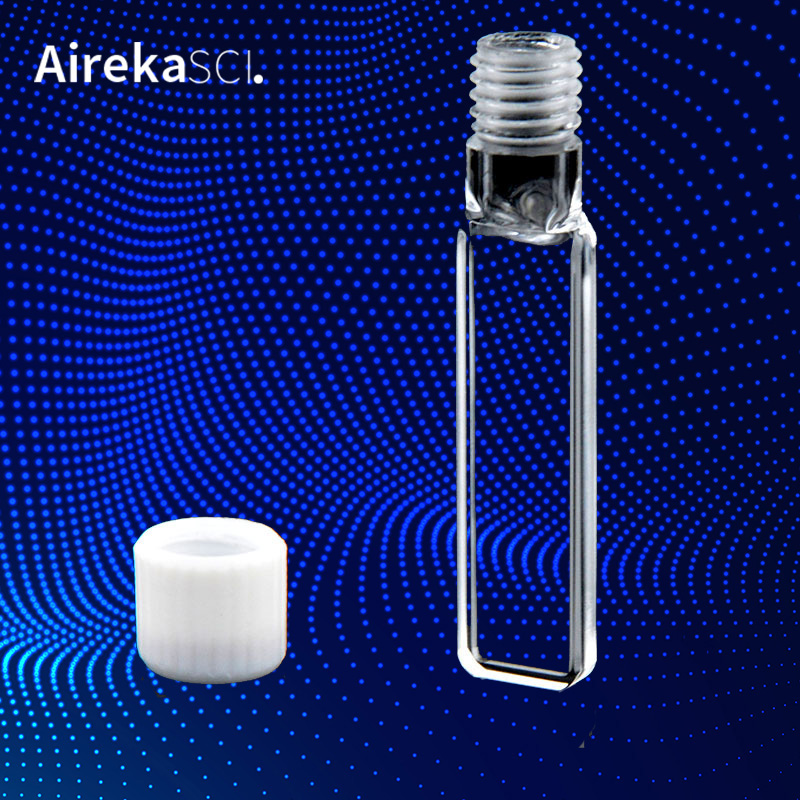
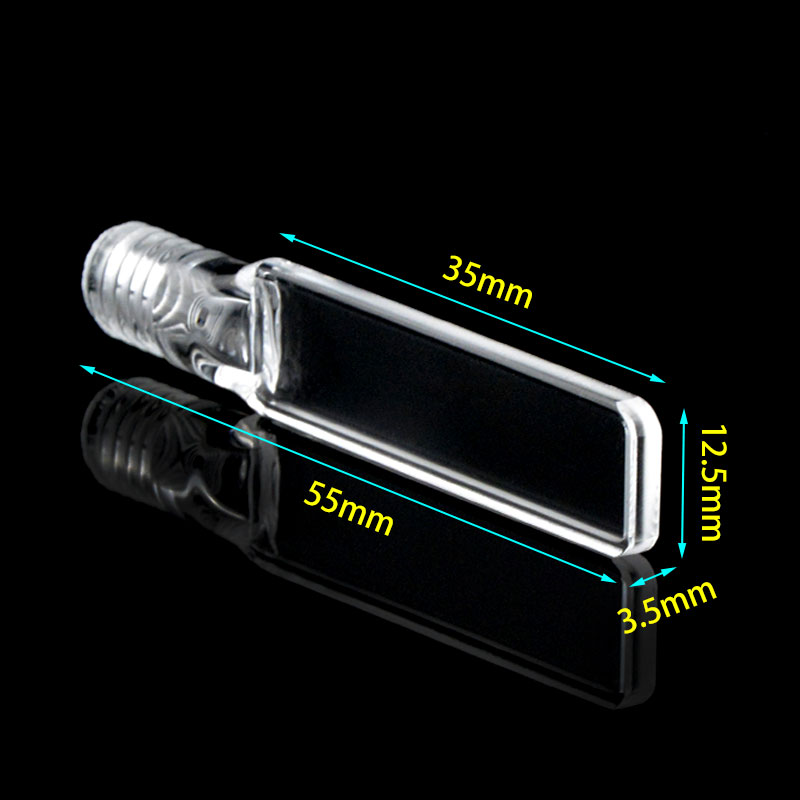
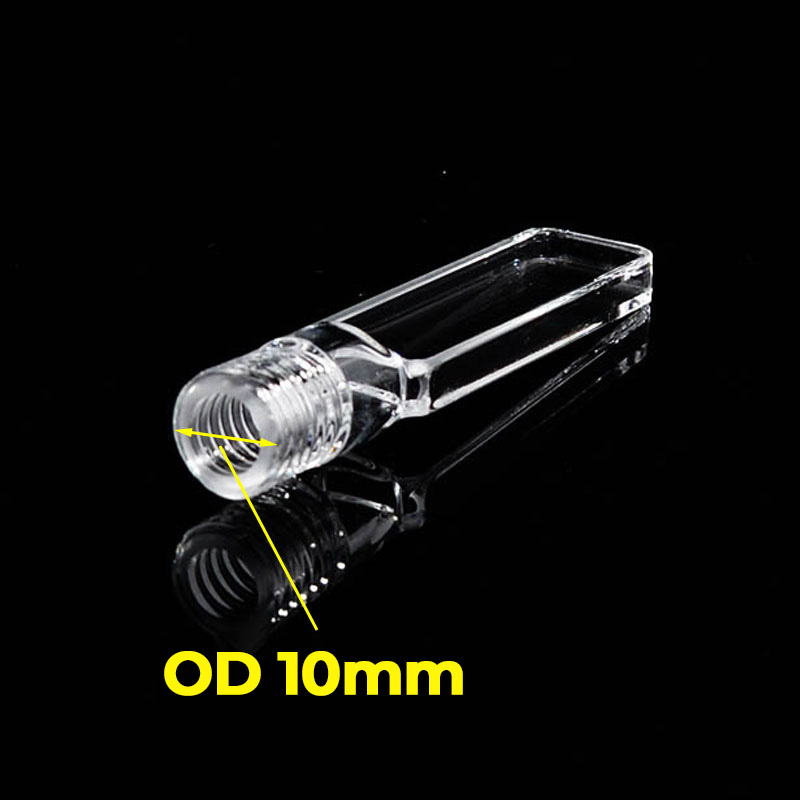
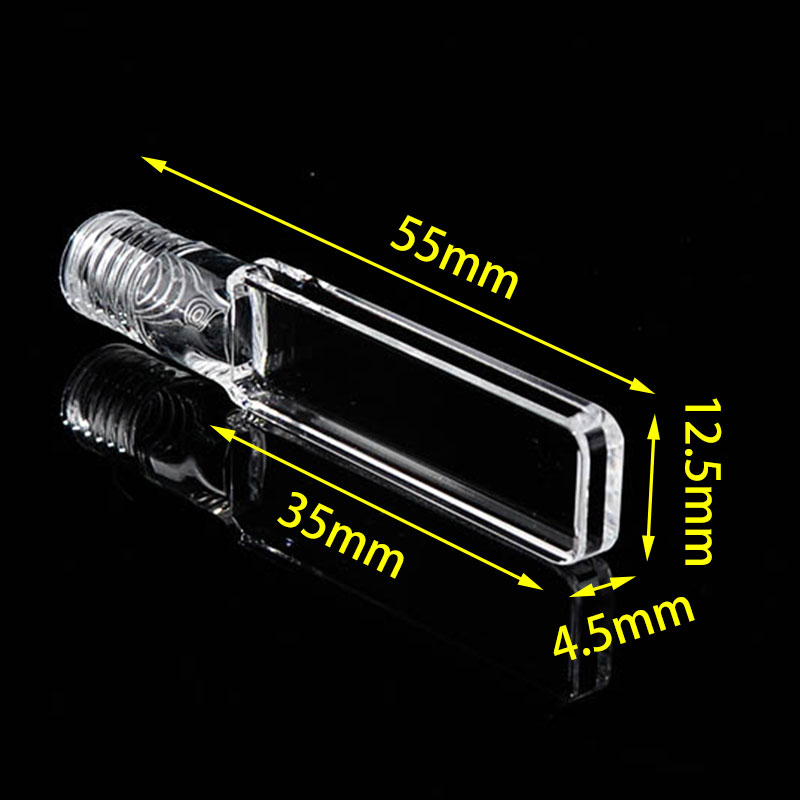
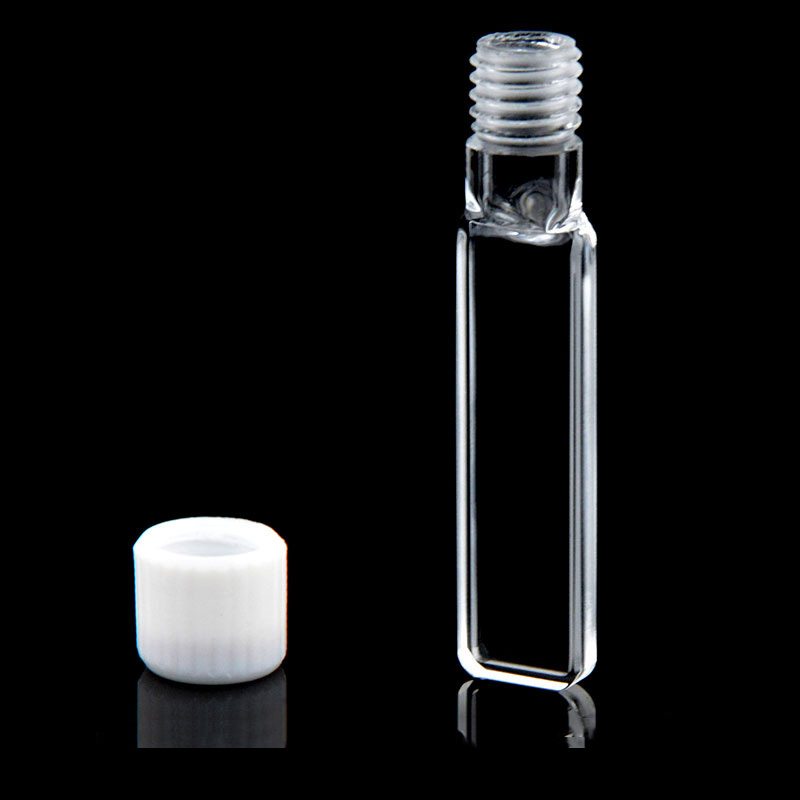
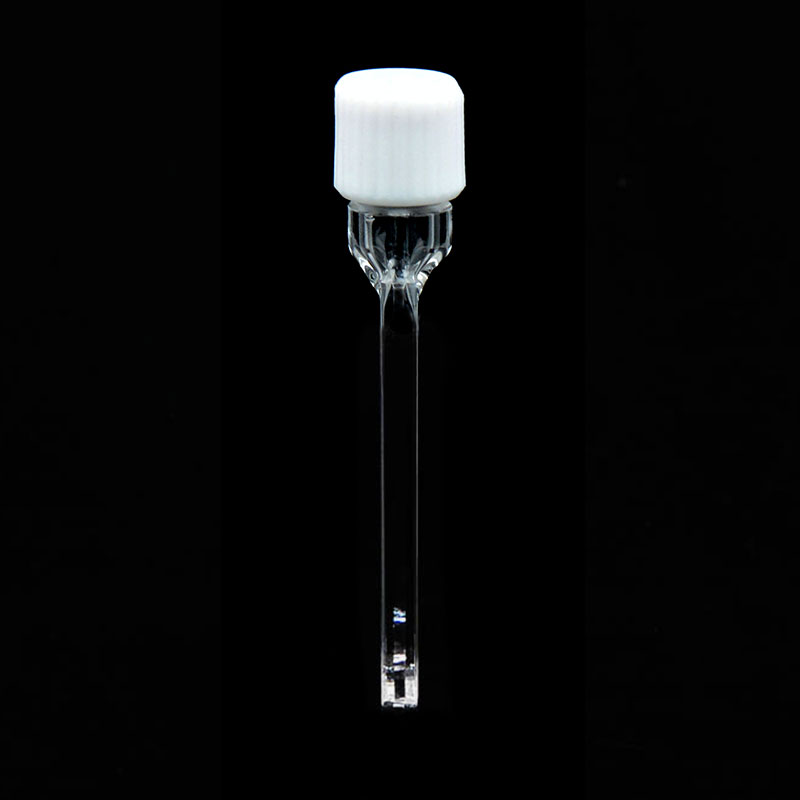
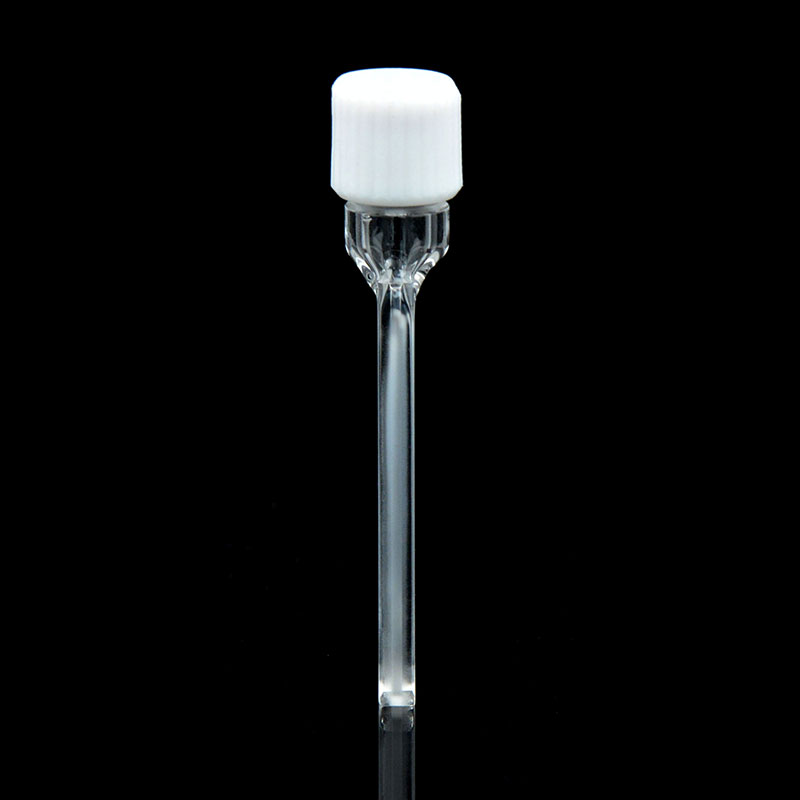
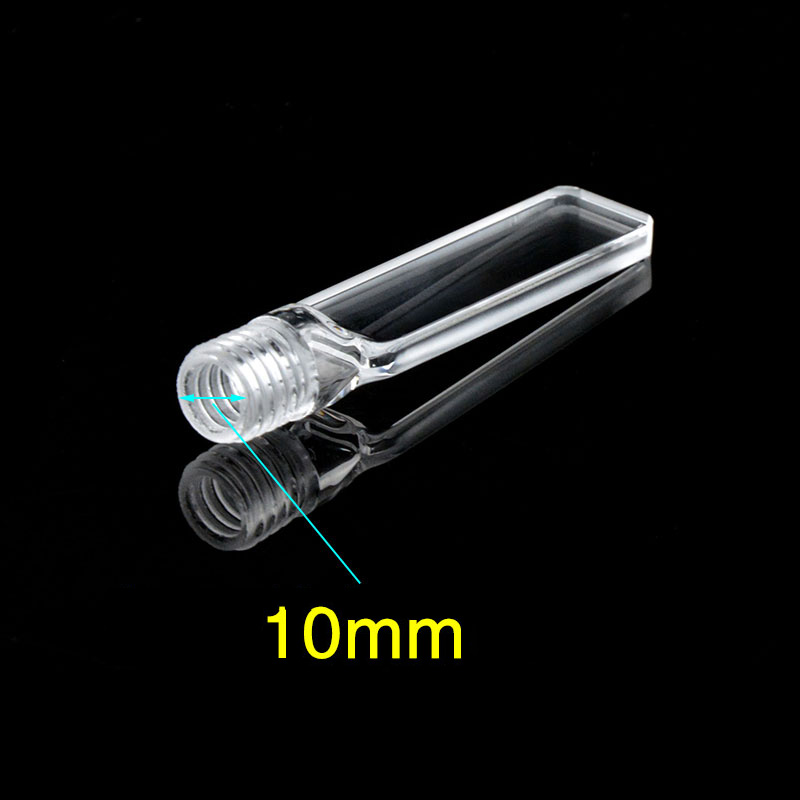
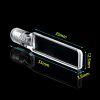
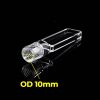
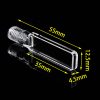
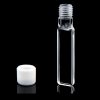
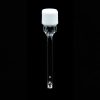
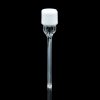
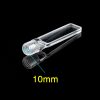






























There are no reviews yet.